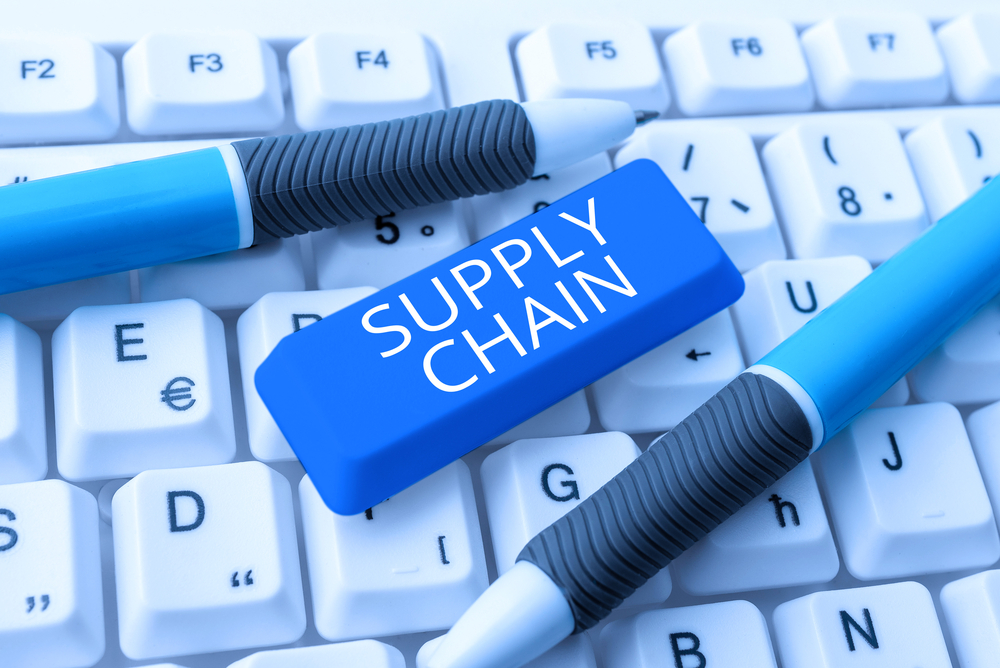Utility providers must overcome a unique set of challenges to help businesses remain operational. This boils down to the amount of energy resilience planning they enforce within the supply chain. Learn how making improvements to the supply chain promotes energy procurement resilience and benefit businesses.
Navigate Power is here to provide helpful tips and resilient energy procurement solutions. Use the information in this guide to boost your supply chain’s performance and be an effective leader for commercial energy procurement measures.
Start By Strengthening the Workforce
Every supply chain needs workers. Unfortunately, because of the nature of work, suppliers have a hard time filling roles in the energy industry. You can’t achieve energy procurement resilience without a capable workforce, but how can you attract the right people for each position?
Change the Pay Structure
Many of the jobs in the energy supply chain come with difficult responsibilities. Companies may rely on temporary work agencies to fill positions but many of these candidates can’t fulfill the job duties for very long. In fact, the average worker exits the workforce before the training period ends.
For better results, we recommend the following tactics:
· Increasing the pay
· Rewarding workers for job longevity
· Offering financial incentives for attendance
Many workers respond positively to these simple changes.
Target Specific Job Candidates
One creative way to strengthen the workforce is by changing the pool of candidates you look at. Energy companies can partner with nearby trade schools and encourage them to teach valuable skills that pertain to traditional and renewable energy procurement.
Another possibility is catering to non-violent offenders looking for work after being incarcerated. This group can provide sufficient work as long as they meet drug testing and background check requirements.
Boosting Physical and Cybersecurity Measures Protects the Supply Chain
One major aspect of procurement risk management is outside threats. People can successfully target some of your locations by invading the space or pulling off a cyberattack that disrupts the entire supply chain. Thankfully, you can promote energy procurement resilience with the following steps.
Follow Cybersecurity Threats
Business leaders, particularly in the energy industry, must prioritize cybersecurity in today’s modern world. Malicious hackers have clever ways of exploiting systems and causing widespread harm. To safeguard your supply chain, focus on the following:
· Implementing robust IT controls and staff to monitor threats.
· Training all workers on the proper protocol for mitigating threats.
· Having a plan set and practicing it in case hackers attack your business.
Don’t Neglect Physical Security
The physical equipment responsible for both traditional and sustainable energy sourcing must remain safe. Without ample security, people can attack it and create problems. Major power plants tend to have a solid security presence, but pipelines and pump stations prove harder to guard.
Investing in the following physical security measures can keep intruders and unauthorized personnel away from your sites:
· Fencing
· Concrete barriers
· Surveillance cameras
· Access control systems
You’ll enhance energy procurement resilience by making crucial parts of the supply chain safe from disruption.
Focus on Management Tactics and Budgeting
How can an energy company improve operations and stay successful? This typically comes down to important management tasks. You must be able to plan for every scenario and have excellent decision-making skills.
Experts recommend the tips below for utility providers aiming for resilience.
Incorporate Data Analytics
Modern technology plays an increasingly vital role in energy procurement resilience. For example, cybersecurity software helps utility providers mitigate risks and maintain their services. Data analytics and business intelligence provide another crucial solution.
Use real-time data from the supply chain to monitor performance and adjust your operations management. You’ll have access to various metrics that paint a clear picture of how well operations are going and how you can improve. This data can help you in the long run because you’ll make business decisions based on facts rather than guessing.
Forecast and Budget
It’s hard to achieve energy procurement resilience without forecasting. A major downfall for downstream energy companies is a lack of planning ahead for potential disruptions. Providers must focus on the supply chain’s overall efficiency and costs in the short term and long term.
This involves identifying problems that may lead to a disruption and creating a response scenario that doesn’t have a huge impact on business costs. By forecasting and budgeting accordingly, energy companies can mitigate risks and come out stronger for the commercial enterprises that count on their utilities.
Get Effective Energy Procurement Strategies From Industry Experts – Contact Navigate Power
Improving the energy supply chain plays a huge role in energy procurement resilience. By making changes in the workforce to increase security measures, energy companies can better prepare for disruptions and respond to them.
Navigate Power offers guidance for these unique challenges to help your business overcome common energy supply chain issues. To receive expert advice regarding energy procurement strategies, reach out to our specialists. Call (800) 541-1137 for more information about our services.



